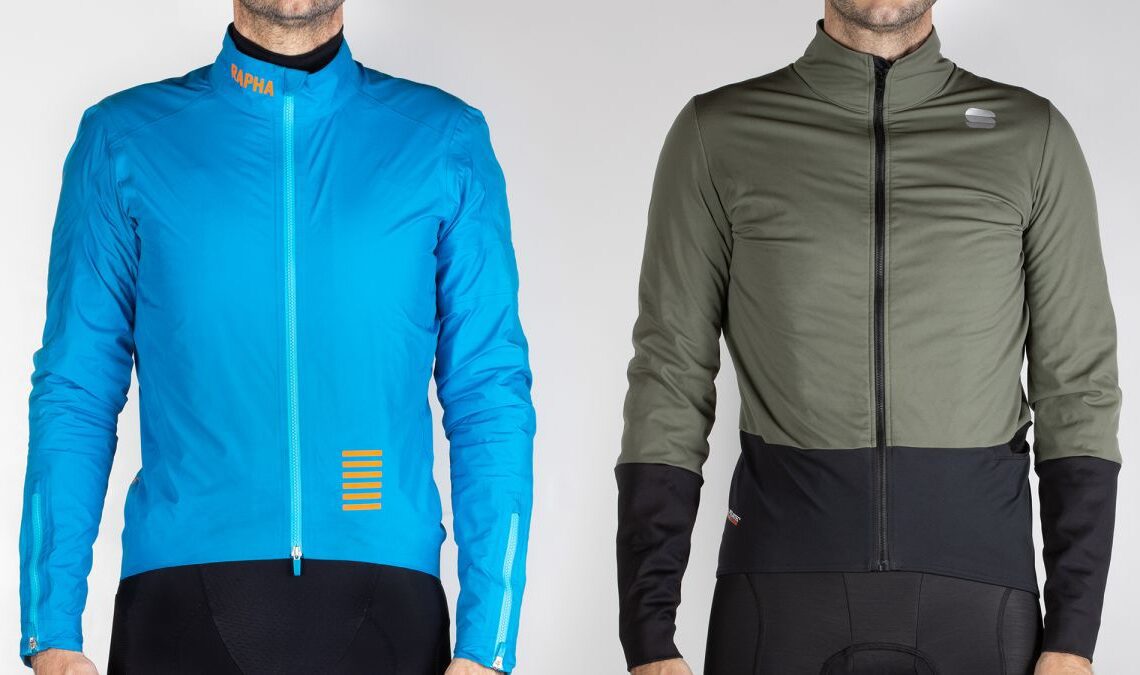Our team recently revamped our lists of the best winter cycling jackets and the best waterproof cycling jackets; two very similar headlines but with very clear differences. As we explored the options, the process invited a larger conversation. With options out there for both softshell and hardshell exterior materials, what technology makes sense in what conditions?
We coordinated to make sure that we made the best recommendations across the two guides but we also feared the larger story might have gotten a little bit lost in the details. If you are looking for more details about hardshell vs softshell, this is a deeper dive.
As you spend time looking for the best warm jacket option this winter you will have to decide between these two options. You can read the descriptions of each product on the manufacturers’ websites but you might notice they aren’t clear. Every brand seems to say that every jacket they make is perfect in almost every situation. It’s almost like they are trying to sell everything they make!
I’ve put the claims to the test though. I’ve spent hours riding through weather that would send most people to our list of the best smart trainers. I can’t say it was always fun but I did learn a lot. If you are wondering what kind of jacket makes the most sense for you, keep reading to see how your needs match up.
How do you define hardshell vs softshell jackets?
Isn’t a jacket just a jacket? It’s a fair question especially given that quality softshell technology isn’t that old. Realistically anything older than maybe 10 years or so will fall into categories of jackets vs insulation. Before that time, if the outer layer was soft, it would offer no water or wind resistance and you’d need a jacket over the top in almost all situations. Today there is much less distinction.
If you go back to before definitions started to blur, a jacket was a hardshell. Most of the time that meant a woven outer with synthetic materials. By using a weave, production uses multiple pieces of yarn – known as warps and wefts – that cross at a right angle and limit the space between them. The reduced space means more strength with less stretch and, as a result, greater durability. Then, to further enhance those traits, a manufacturer will select a synthetic material for the yarn.
If you are designing a roof, these are all positive features. The challenge is that a cycling jacket…
Click Here to Read the Full Original Article at CyclingNews RSS Feed…

